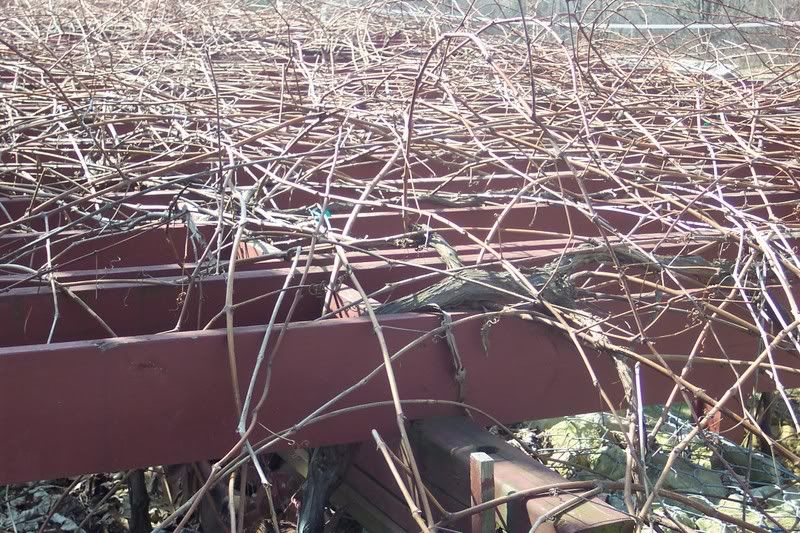Many mail-order companies will be shipping out their fruit tree orders the next couple of weeks. If you have been out and about I’m sure you have noticed fruit trees for sale in local garden centers as well.
The fruit trees you will be receiving from catalog mail-order companies will be shipped bare root; which means just as it says, no soil at all around the roots. Larger nurseries dig their fruit trees in the fall and store them in cold storage units at precise temperature and humidity conditions. By doing that, they are not at the mercy of unpredictable spring weather like we had last month.
The smaller nurserymen, those without cold storage, have to leave their trees in the field and dig them as they are sold in the spring. If an unusually warm spell occurs, the trees will begin to leaf out and grow. Since the trees are in a fragile condition at this stage of their growth, they cannot be shipped. So this year the smaller fruit tree growers had an extremely early and short digging and selling season. For the larger growers of course, it was business as usual.
A bare root tree has the advantage of growing and developing roots in the soil in your yard, thereby adapting itself to your growing conditions.
Trees you find in the garden centers are also a type of bare-root tree even though they have soil around them. In this case the nursery takes the bare root tree and places it into a pot or bag with a moist, light-weight potting mix around the roots. This is done so that the when the tree starts to grow, it can safely be sold at a retail garden store and be in great shape for you to plant into your yard.
During the growing season if a fruit tree is not sold, it is usually then moved into a sturdier container. These are the trees in the nursery pots you see at garden centers and are fine to purchase. The containers allow the trees to develop roots and grow like a potted plant.
The final type of tree you might see being offered for sale are the ‘balled and burlapped’ trees, sometimes known as “b&b. These trees have been left to grow to a larger size out in the field. When the tree is dug, a large mass of roots along with its’ soil is dug and wrapped in burlap. The nurseryman takes care not to damage the roots and digs a root ball large enough to support the tree after it is planted.
The advantage of a b&b tree is that it is much larger and older than a bare root tree. Often these trees are ready to produce fruit that season and you have an “instant orchard”. The disadvantage is the cost of purchasing these trees, even the relatively smaller b&b trees can cost $200 or more compared to $20 for a bare root fruit tree. The cost of shipping a b&b tree is also quite high due to the weight of all of that soil. Also, the tree roots may have trouble adapting to the soil in your yard and simply stay confined to the root ball. The sheer weight of a tree of this type makes it hard to handle as well.
Fruit trees are offered for sale as dwarf, semi-dwarf or full size trees; we’ll discuss that issue next time.
Bob




